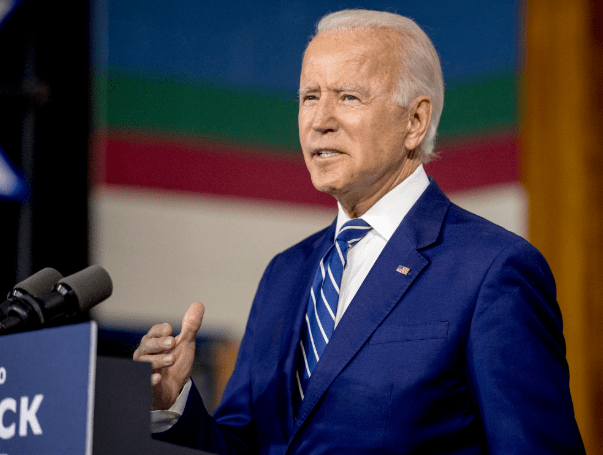December 22 Kyodo News Agency Washington published a report entitled “Biden’s commitment to Asia will be tested after Trump who adheres to “America First”. The full text is excerpted as follows:
President-elect Biden, who is ready to take office in January next year, has been sending a message of appeasement to America’s allies in an attempt to convince them that the incoming Biden administration will value them and multilateralism, which has obviously changed President Trump’s “America First” policy.
However, compared with Biden leaving the White House four years ago, China has become stronger and Asian economic integration has deepened, and it is still uncertain whether the United States will regain its position as a reliable core participant. Biden is building a foreign policy and national security team of experienced policymakers who not only understand the importance of alliances, but also play a role in the “turn to Asia” or “rebalance” strategy promoted by Obama.
In November, Biden said of the likes of his nominated Secretary of State Anthony Blinkin and national security adviser Jack Sullivan: “This team reflects the fact that the United States is back and ready to lead the world, not withdraw from the world.
Trump’s four years in power have been a difficult period for some countries, including Japan and South Korea, which have been forced to significantly increase spending in exchange for American security protection.
But under Biden, the U.S. likely “efforts to resolve the host country’s support negotiations more quickly,” meaning Washington’s side will make more reasonable demands, says James Schoff, a senior fellow at the Carnegie Endowment for International Peace.
During Obama’s presidency, the United States made the Trans-Pacific Partnership Agreement (TPP) the core of its Asia-Pacific “rebalancing” strategy. But Trump withdrew the U.S. from the agreement shortly after he took office, prompting Japan and 10 other remaining members to sign the Comprehensive and Progressive Trans-Pacific Partnership Agreement (CPTPP), which retains most of the TPP.
In November, 15 Asia-Pacific countries signed another huge trade agreement, and the decline of the economic influence of the United States in the region became more obvious.
“There is no doubt that Asia is becoming increasingly integrated,” said Jonathan Stromset, a senior fellow at the Brookings Institution, recently. The Regional Comprehensive Economic Partnership Agreement (RCEP) is proof of this.”
Stromset said it would stimulate integration within Asia, especially around China and Japan, and stimulate supply chain integration.
He also said that enterprises in non-member countries such as the United States may be blocked, and at the same time, such supply chain integration will complicate the ongoing efforts of the United States to decouple from China.
Meanwhile, experts studying Asian policy still strongly call for the United States to return to the TPP family, or at least start exploring the possibility of doing so.
But the TPP was never welcomed in Congress, and Biden was also cautious about the new free trade agreement during the campaign, promising not to negotiate any new agreement before funds were put on domestic workers in the United States.
Michael Fromman, who served as the U.S. trade representative under Obama’s presidency, recently said: “Withdrawal of the TPP will be regarded as one of the most significant strategic mistakes in American history.” He had no hope that the Biden administration would bring the US into the CPTPP, saying that “politics have moved on.”



